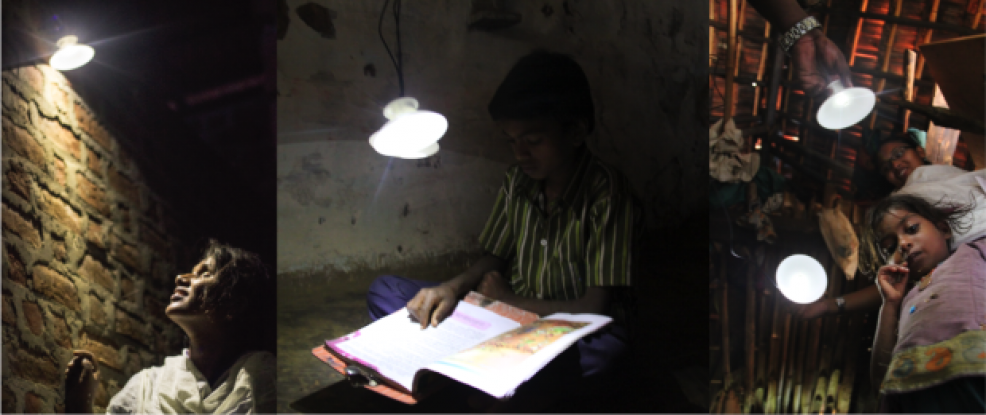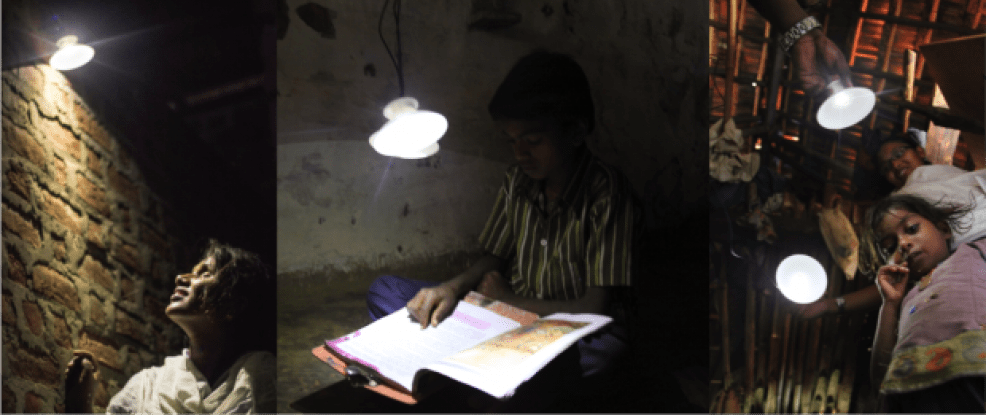

If you are reading this, chances are, you are in the 1%. Globally, some 750 million people don’t have access to safe drinking water. 2.5 billion people don’t have access to basic sanitary conditions. 805 million people have insufficient food to ensure basic nutrition. And a staggering 1.2 billion people live in abysmal poverty—on less than $1.25 per day.
Of course, the cost of living will vary from country to country, but the primary fact remains: There are a great many people in need.
Most of us take things like food, water, heat, medical care, and electricity for granted. Solving this global crisis is no easy task, but there are those working to make a difference. Case in point, engineers from the UK have developed a device that may change millions of lives. It is called the GravityLight, and it runs with just the force of gravity (the name may have given that away).
Well, technically, it works with gravity and a tiny bit of work from the owner.
The system works a little like a pulley does. The only thing you really need in order to make it work is an arm and a weight (and who doesn’t have rocks laying about nearby?). You simply take the device, attach 20 pounds (12 kg) of weight to one end of the cord, and then lift weight into the air by pulling down on the lamp that is attached to the other end.
From here, the weight slowly descends, powering the light. That’s it. That’s gravity.
The team came up with this design precisely because it is so simple. Providing electricity to impoverished areas requires solutions that are cheap but efficient. The design only costs around $10 to make, and this system uses little more than a object’s potential energy to work. As a reminder, potential energy is the energy that is stored in an object due to its position in a force. In this case, a raised object has potential energy because it will descend back to Earth. As it lowers on the pulley system, the potential energy is transformed into kinetic energy (energy that an object has due to its motion).
The created energy is used to power a drive sprocket and polymer gear train that lights up the LED. Of course, once the weight comes to rest, you will need to raise it again; however, each pull will give you some 20 to 30 minutes of light. Moreover, it is a great step up from where many people currently are (after all, change usually happens in small steps).
The team is now crowd-funding their version of GravityLight on Indiegogo. Ultimately, they hope to raise $199,000 in order to make their light brighter and longer-lasting. Initially, the team hopes to focus their distribution efforts on Kenya. Even better, they plan to provide jobs to local individuals by creating and selling the lights from that area.
This could provide light to many who are in the dark. Remember the old adage, “many hands make light work,” and please consider looking into this project.
And as always, we encourage you to look into a number of options before taking action. There are a lot of good people out there doing good things. If you want to explore your options, please check out this site. It evaluates charities and provides a basic overview of what they do and where your money goes, allowing you to ensure that your money is going to people who need it.
From Quarks to Quasars is two people, Jaime and Jolene. We want to make the world a more sciencey place. We’re doing that, but with your help, we can do even more.
FQTQ takes a lot of time, money, and effort. Here, you can support us, get to know us, and access extra content: